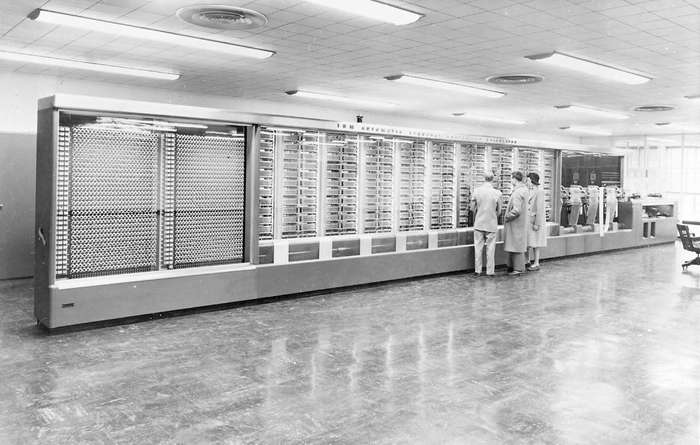When we look at original computers back in the early to mid 20th century, we will see machines that were gigantic in size such as the Harvard Mark I and ENIAC (Electronic Numerical Integrator and Computer). These massive computers took up a lot of space (about the size of a large room) and expected results/calculations could take days to get a response. But as time passed by, computers would eventually become smaller with faster processing speeds. To achieve this, we can look at statements made by Doug Englebart in The Mother of all Demos (1968) video when he was a part of AHIRC, or Augmented-Human-Intellect Research Center.


There were many things I thought he said were right and influential for the practice of interaction design. These include developing a system-oriented discipline and improving the effectiveness of ourselves or an organization through better & faster solutions from better use of human capabilities. One way he says of achieving this is through bootstrapping; creating research subject groups, putting them to work, and studying & improving whatever needs to be changed or upgraded. These are the objects or applications we as humans use to operate around complex information structures (like we see with computers and the internet currently). One thing I did not agree with was his remark on how computer structures are far too complex to study. It might have been true back then but with current advances in technology today such as artificial intelligence, for example, you can clearly see his assumption that computer structures are too complex for us to understand is false.


Couldn’t agree with you more about the study of computer structures. We need to understand them in order to better design and create experiences that take advantage of their capabilities.